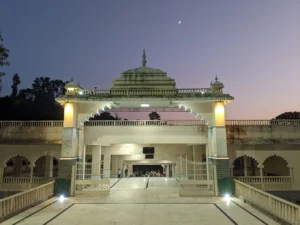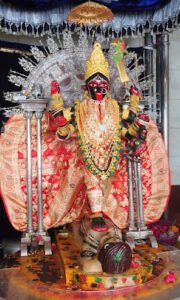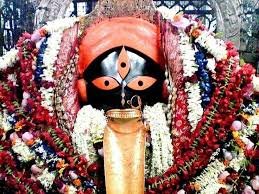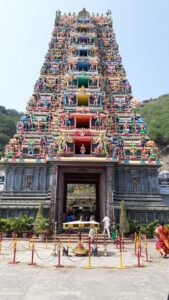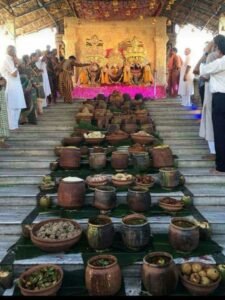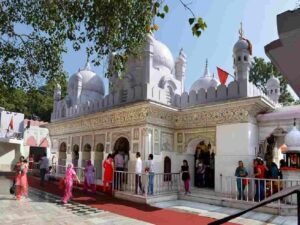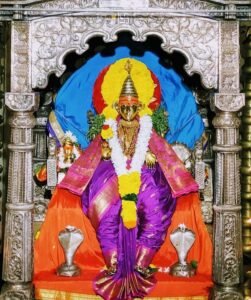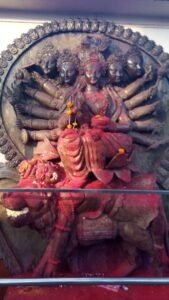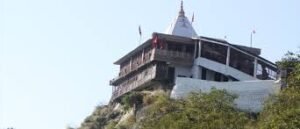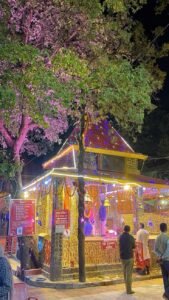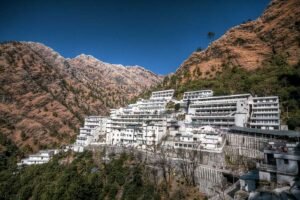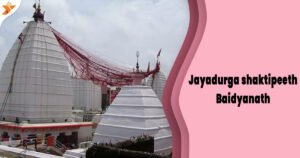Famous Durga Temple
Famous Durga Temple
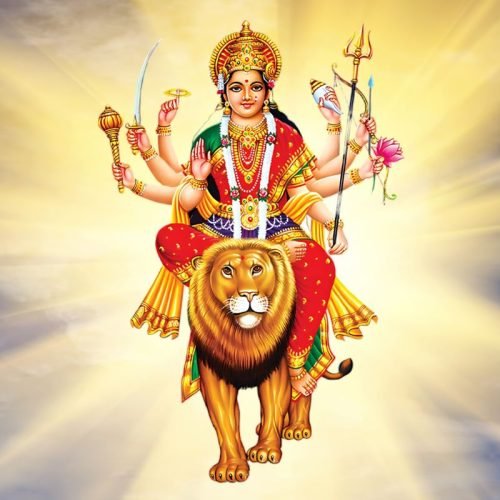
Durga Mata is one of the most revered forms of the Divine Mother in Hinduism, symbolizing strength, protection, and the victory of good over evil. She is worshipped as the supreme goddess who embodies Shakti, the divine feminine energy that sustains the universe. According to Hindu scriptures, Durga Mata was created by the combined powers of Brahma, Vishnu, and Shiva to defeat the demon Mahishasura, who could not be conquered by any man or god. Riding a lion and wielding various weapons in her multiple arms, Durga represents courage, righteousness, and the power to destroy evil while nurturing and protecting her devotees.
Durga Mata is especially worshipped during the festival of Navratri, which is celebrated with great devotion across India and the world. The nine days of Navratri honor her nine divine forms, known as Navadurga, each symbolizing a different aspect of spiritual strength and guidance. From Shailaputri, the daughter of the mountains, to Siddhidatri, the giver of spiritual powers, each form of Durga teaches a lesson of devotion, discipline, and divine protection. The tenth day, called Vijayadashami (Dussehra), marks the triumph of Durga over Mahishasura, reminding devotees that truth and goodness always prevail over evil.
Durga Mata is also considered the universal mother, nurturing her children with love while guiding them to walk on the path of righteousness. Her temples, such as Vaishno Devi in Jammu, Kamakhya in Assam, and Dakshineswar Kali Temple in Kolkata (where she is worshipped as Kali), are major centers of pilgrimage, drawing millions of devotees every year. Chanting Durga Chalisa, Durga Saptashati, and offering prayers during Navratri are believed to bring strength, prosperity, and protection from obstacles. For devotees, Durga Mata is not only a goddess but a divine force who inspires faith, courage, and spiritual awakening in everyday life.
Maa Durga is depicted as a beautiful yet fierce goddess with ten arms, each holding a divine weapon, symbolizing her infinite powers to protect devotees from all directions. Her serene face represents peace and wisdom, while her posture of slaying the buffalo demon signifies courage and determination against injustice. She is worshipped in many forms, collectively known as the Navadurga. These nine forms include Shailaputri, Brahmacharini, Chandraghanta, Kushmanda, Skandamata, Katyayani, Kaalratri, Mahagauri, and Siddhidatri. Each form represents a stage of spiritual evolution and is worshipped during the nine days of Navratri, a festival that celebrates the goddess in her full glory. The tenth day, Vijayadashami (Dussehra), signifies the victory of Durga over Mahishasura and Lord Rama’s triumph over Ravana, reinforcing the theme of victory of righteousness.
Temples dedicated to Maa Durga are spread all over India, each carrying unique legends and traditions. Vaishno Devi Temple in Jammu is one of the most visited shrines, where devotees trek through mountains to seek her blessings. Kamakhya Temple in Assam is one of the oldest and most important Shakti Peethas, associated with the goddess’s fertility and creative powers. Vindhyavasini Temple in Uttar Pradesh, Dakshineswar Kali Temple in West Bengal (where Durga is worshipped as Kali), Mangalagiri Temple in Andhra Pradesh, and Kanaka Durga Temple in Vijayawada are among other prominent centers of devotion. During Durga Puja in West Bengal, the goddess is worshipped with elaborate rituals, grand idols, cultural performances, and immersion ceremonies, making it one of the largest religious festivals in the world. For devotees, Maa Durga is not just a deity but the eternal mother who destroys darkness, nurtures life, and grants courage, wisdom, and protection to all who surrender at her feet.
















































